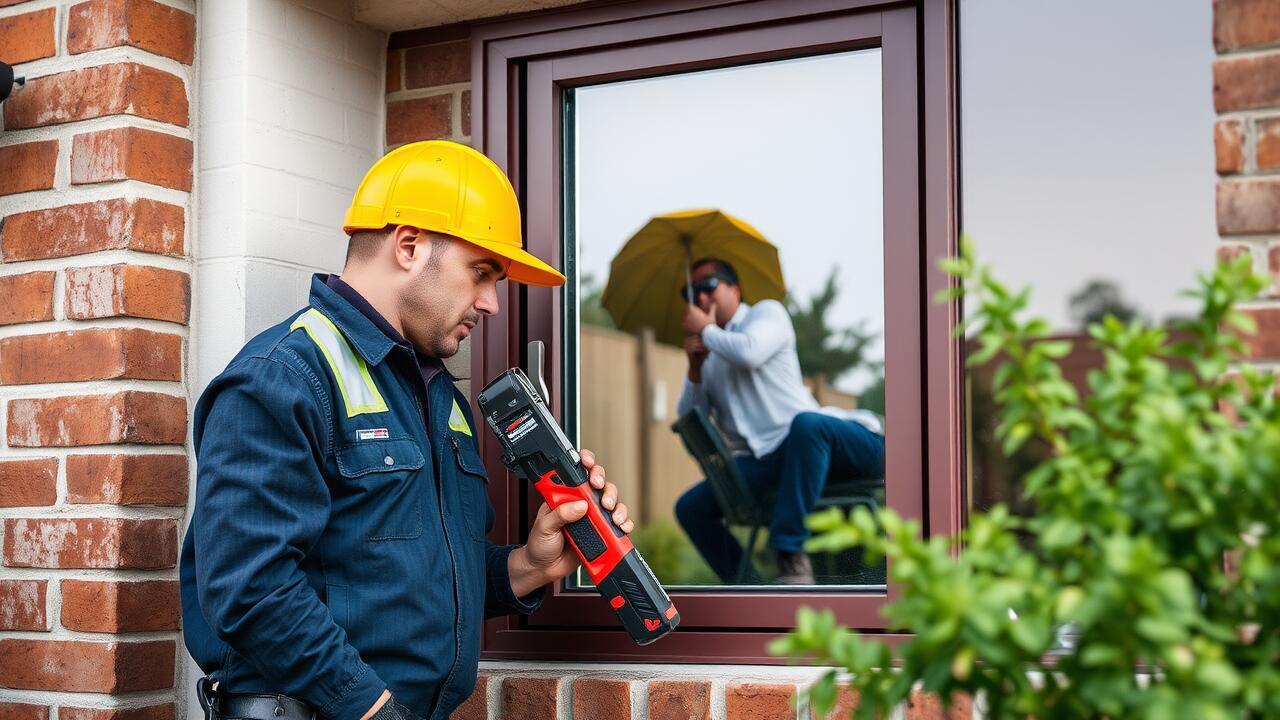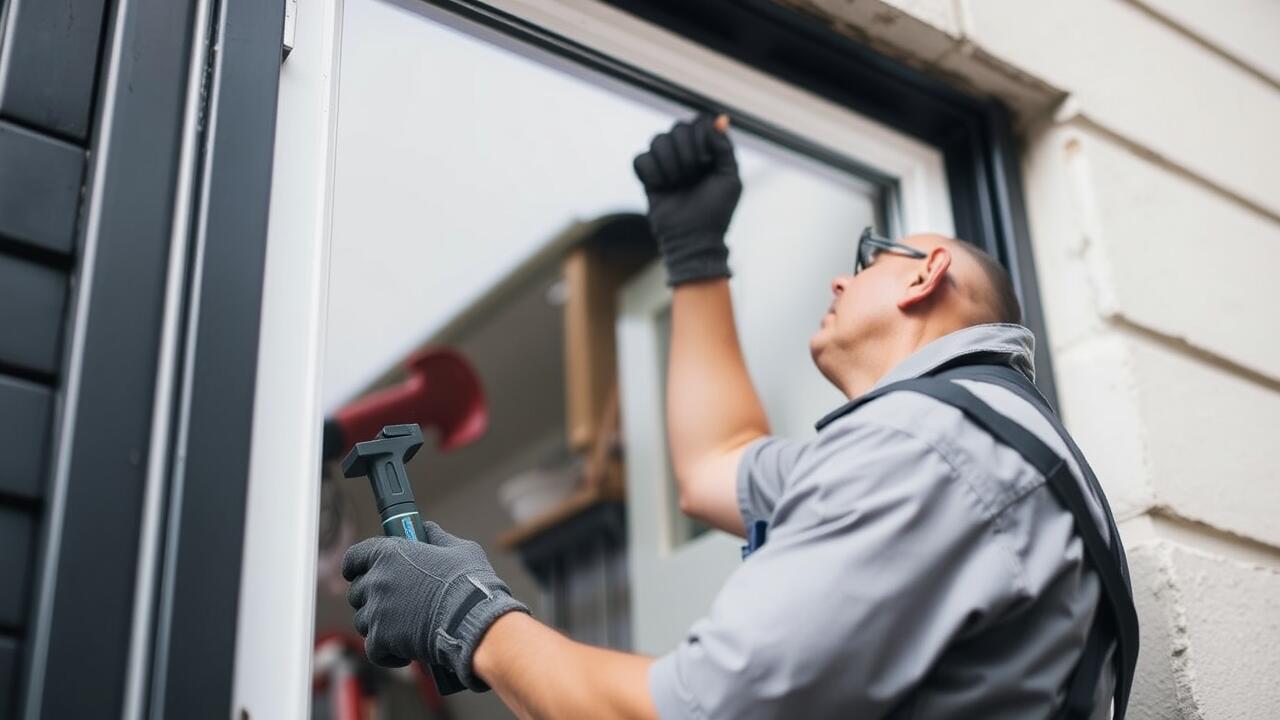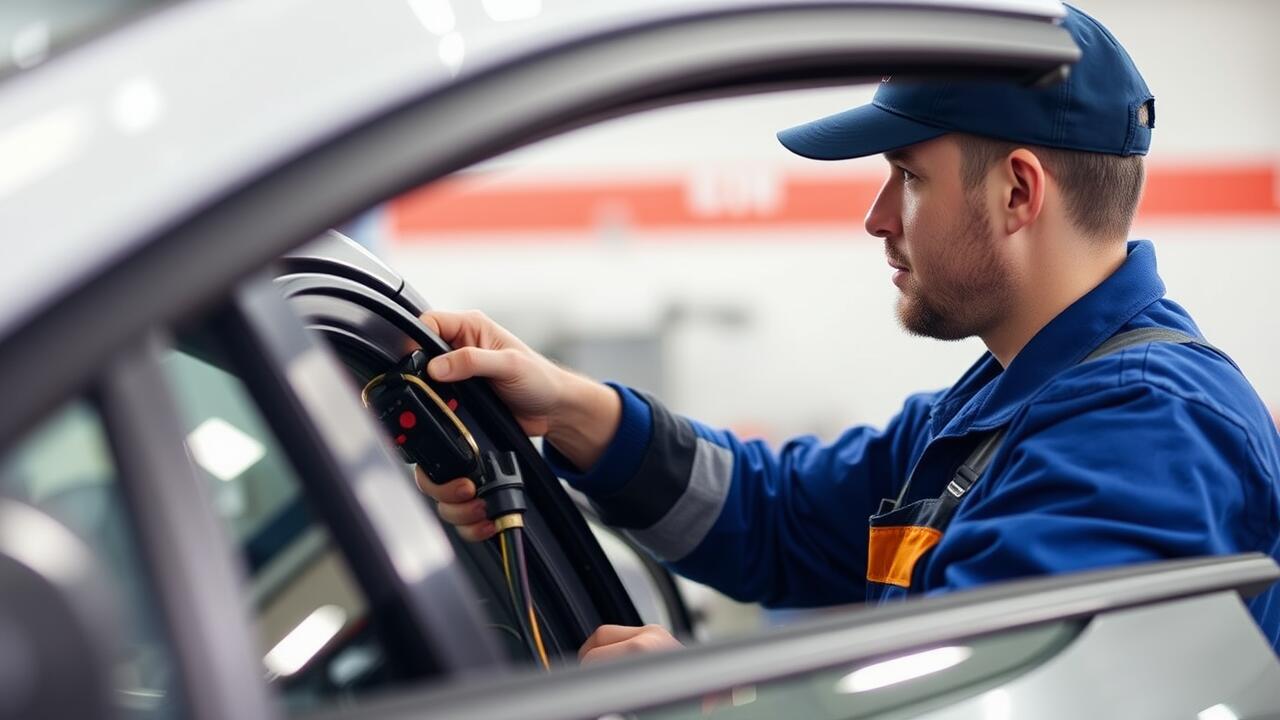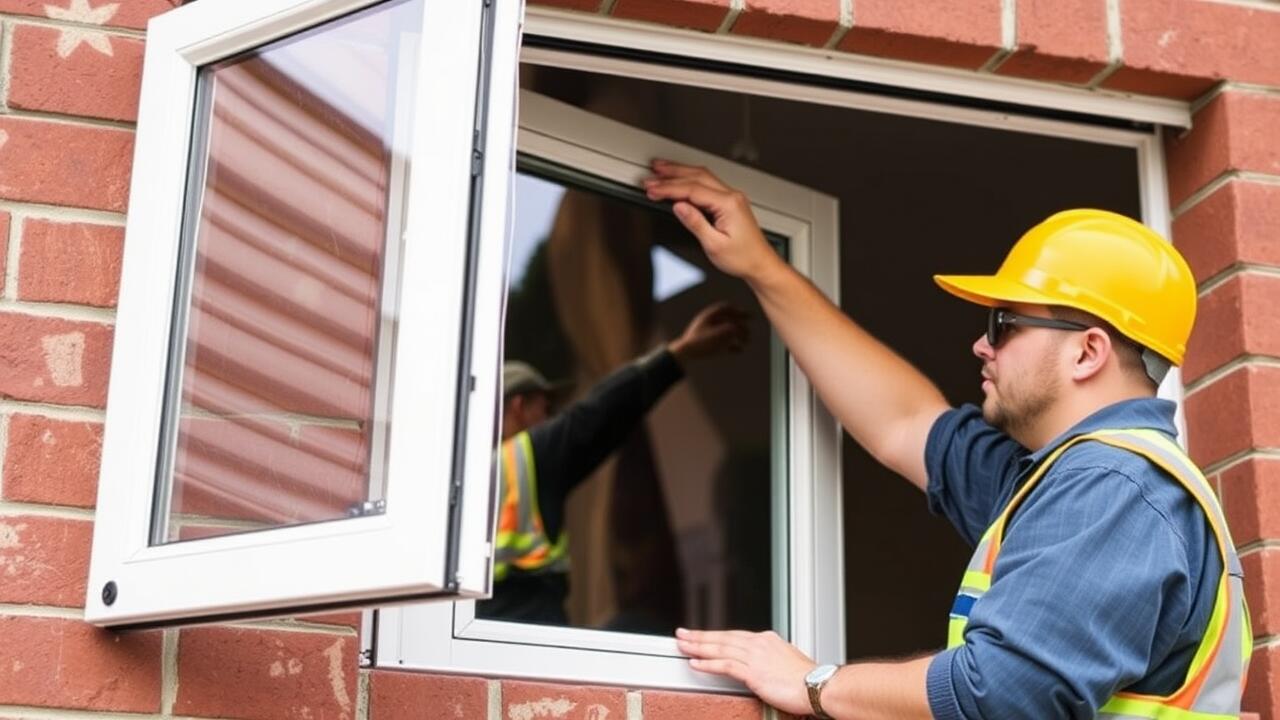
Table Of Contents
Investigating Wiring Problems
When an electric car window fails to move, a common culprit is the wiring system. Damaged or frayed wires can interrupt the electrical flow necessary for window operation. Inspecting the wiring harness, particularly in areas where it may frequently bend or flex, is essential. Check for any signs of wear, such as exposed copper or cracked insulation. Addressing these issues promptly can prevent further complications and facilitate a straightforward Side Window Repair.
Understanding the configuration of the window system is crucial for diagnosing problems. Wires connect the switch to the motor, and any fault in this pathway can stop the window from functioning. A thorough visual inspection, along with wiggling the wires while attempting to operate the window, can reveal intermittent connections. If wires are damaged, replacing them is a necessary step before moving on to other components of the window mechanism.
Checking for Frayed or Damaged Wires
Inspecting the wiring of your electric car window is essential when troubleshooting why it won't go down. Start by removing the door panel to access the wiring harness. Look for any frayed or damaged wires that could be interrupting the electrical flow. Pay special attention to areas where the wires may bend or rub against other components. These spots are often prone to wear and tear, leading to short circuits or complete failure of the window mechanism.
If you discover damaged wires, you may need to replace them as part of your side window repair process. Use electrical tape for small frays as a temporary fix, but consider soldering or using wire connectors for a more durable solution. Ensuring that all connections are secure and free from corrosion will help restore functionality to your window. Keeping these aspects in check can prevent further complications and ensure a smooth operation of your vehicle's electric windows.
Assessing the Window Regulator
When dealing with an electric window that fails to operate, assessing the window regulator becomes essential. The window regulator is the component responsible for moving the window up and down. If it malfunctions, it could prevent the window from functioning regardless of whether the switch or wiring is intact. Inspecting the regulator for any signs of damage or wear can help identify the issue, particularly if unusual noises occur during operation.
In situations where the regulator appears faulty, replacement or repair may be necessary. A thorough examination can reveal problems such as a misaligned track or a broken cable. In some cases, side window repair may involve replacing the entire regulator assembly, which can be more cost-effective and reliable than attempting a fix on a worn-out component. Knowing the condition of the regulator is crucial for ensuring proper window operation.
Understanding the Role of the Regulator
The window regulator plays a crucial role in controlling the movement of the electric car window. It comprises several components, including the motor, gears, and tracks, which work together to allow the window to ascend or descend smoothly. When a window fails to operate, the regulator is often a key suspect. A malfunction can result from wear and tear over time or a failure of the motor itself. Addressing issues with the regulator is essential for effective side window repair.
Understanding the specific nature of the window regulator's function helps in diagnosing problems accurately. If the regulator is faulty, it may not provide the necessary force to move the window. This can lead to scenarios where pressing the switch results in no response, or there may be unusual noises indicating internal damage. By examining the regulator, one can determine whether repairs are feasible or if a complete replacement is necessary.
Using a Circuit Tester
A circuit tester is an invaluable tool for diagnosing issues within an electric window system. To begin, locate the wiring harness connected to the window motor. Disconnect the harness, then connect the circuit tester's probes to the motor's terminals. Activation of the window switch should light up the tester if power is present. If the tester does not illuminate, it indicates a potential problem with the wiring or switch, signalling the need for further investigation.
Once you establish that power is indeed flowing to the motor, the next step involves checking the window regulator itself. Keeping in mind that the regulator plays a vital role in controlling the movement of the window, testing the connections ensures that they are functioning correctly. If the circuit tester shows power but the window remains unresponsive, it may be time to consider a Side Window Repair, narrowing down the issue to either a faulty regulator or a jammed mechanism.
Testing for Power at the Connection
To determine if power is reaching the window motor, the use of a circuit tester is essential. This device can help identify whether the electrical current is flowing correctly at the connection points. Start by locating the connector plug that connects the window motor to the car's electrical system. With the circuit tester, you can check for voltage while someone operates the window switch. If the tester indicates that there is power, the issue may not lie with the wiring, but rather with the motor or regulator.
If the circuit tester shows no power at the connection, it’s crucial to trace back to the switch and wiring harness for potential faults. Inspect the switch for any signs of wear or damage. Wires may also be damaged or disconnected, which could be causing the failure. This step is a vital part of the overall Side Window Repair process, as identifying these issues can save time and ensure a more effective fix.
FAQS
What are the common reasons an electric car window won't go down?
Common reasons include wiring issues, a faulty window regulator, blown fuses, or problems with the power switch.
How can I tell if the wiring is damaged?
Inspect the wiring for any frayed or exposed sections, which can indicate damage. You can also use a multimeter to check for continuity in the wires.
What is a window regulator, and how does it affect my electric window?
The window regulator is a mechanical device that controls the movement of the window. If it fails, the window may not move up or down even if the electrical system is functioning.
How do I use a circuit tester on my car window?
To use a circuit tester, connect it to the window switch’s power connection and operate the switch. If the tester lights up, power is being supplied; if not, further investigation is needed.
Is it safe to repair an electric window myself, or should I consult a professional?
If you have experience with automotive repairs and feel confident in troubleshooting electrical issues, you can attempt the repair. However, if you are unsure or uncomfortable, it's best to consult a professional mechanic.






























